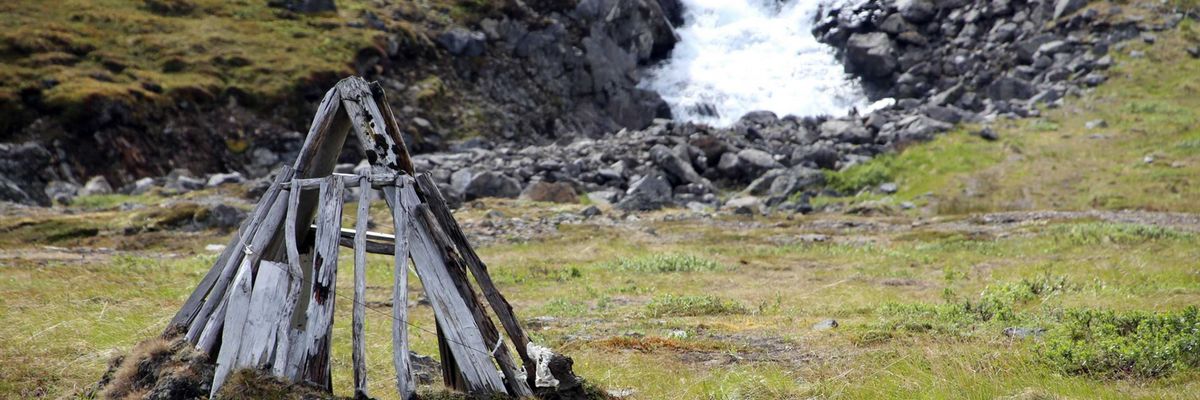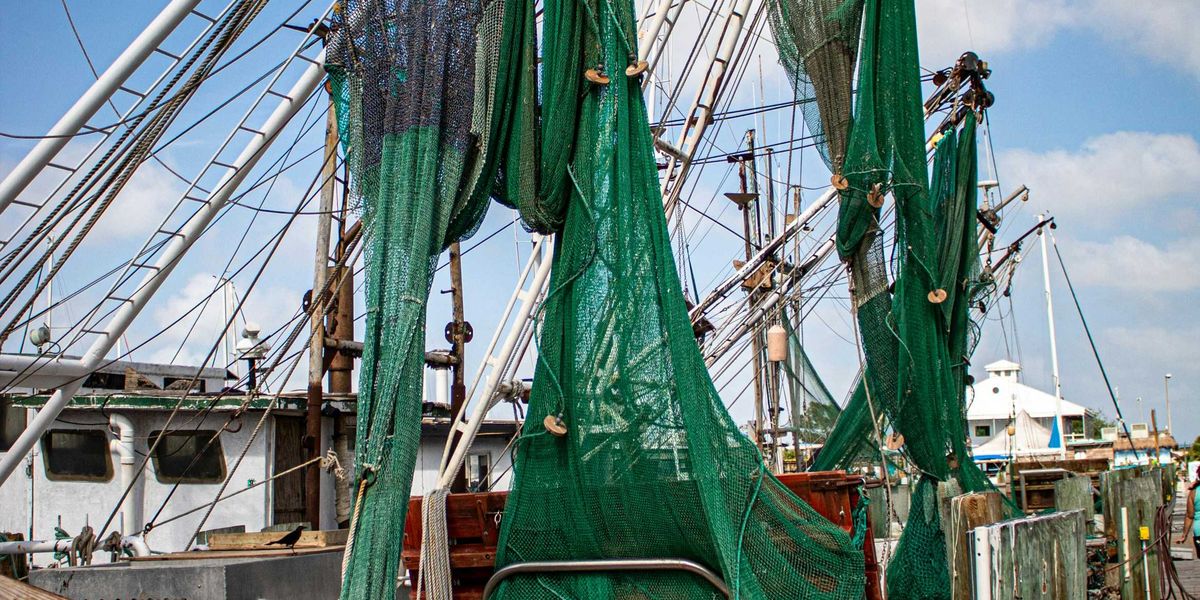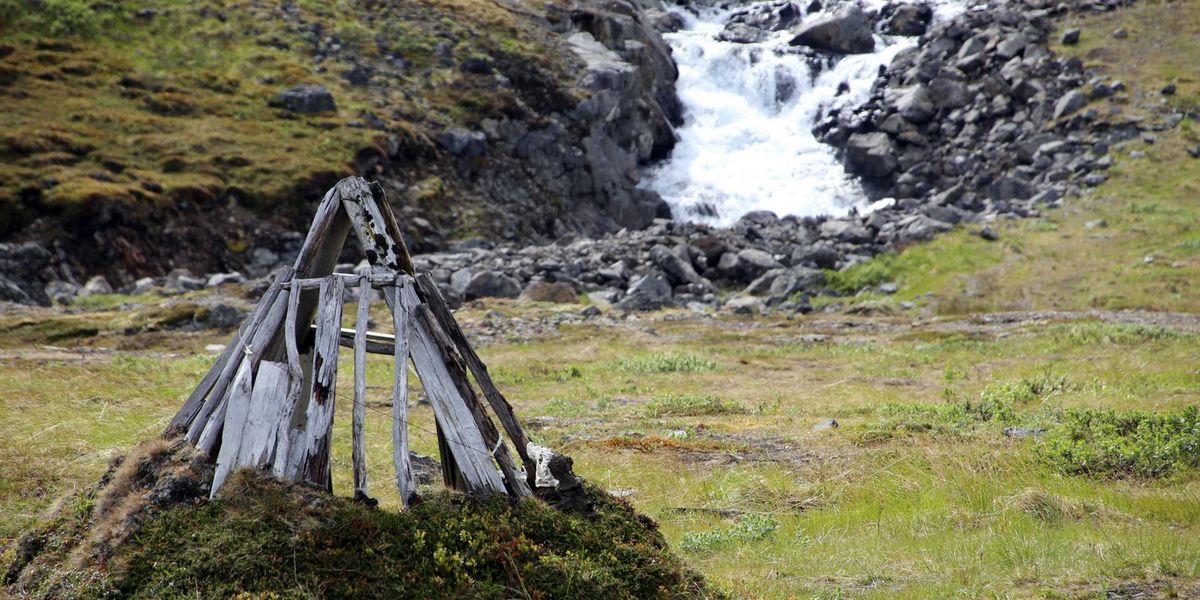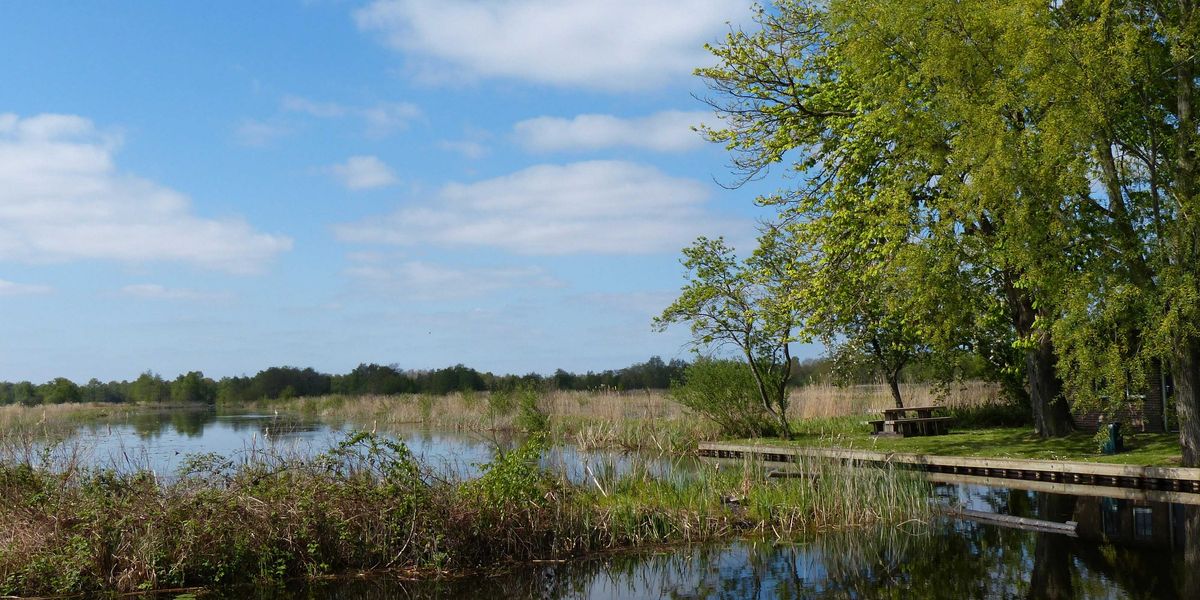methane emissions
US methane emissions continue to rise despite global reduction pledges
New research reveals U.S. methane emissions from fossil fuel production are increasing, despite its leading role in a global effort to cut emissions.
In short:
- Methane levels in the atmosphere are now over 2.5 times preindustrial levels, primarily from fossil fuel production.
- The U.S. signed the Global Methane Pledge to reduce methane emissions by 30% by 2030, but emissions continue to rise as fossil fuel production surges.
- China, the world's largest emitter of methane and carbon dioxide, has not signed the pledge.
Key quote:
“Many of the fixes are within reach. Leak detection and repair, management of abandoned facilities, they aren’t impossible. In fact, many of them can be done at almost no cost.”
— Jutta Paulus, European Parliament member
Why this matters:
Methane is a potent greenhouse gas with effects 80 times stronger than carbon dioxide. As global temperatures rise, unchecked methane emissions from growing fossil fuel production are accelerating climate change, impacting global efforts to meet climate goals.
Saskatchewan faces high methane leakage but could get exemptions from new rules
One-fifth of methane from Saskatchewan's oil and gas production escapes into the atmosphere, yet the province could be exempt from stricter federal methane capture regulations due to a potential equivalency agreement.
In short:
- Saskatchewan's oil and gas industry loses 19% of its methane, compared to lower rates in Alberta and British Columbia.
- Despite this, the federal government is considering allowing Saskatchewan to self-regulate under rules similar to national standards.
- Methane is a potent greenhouse gas, and its reduction is a key goal in Canada's plan to cut emissions by 2030.
Key quote:
“It’s important for Alberta and Saskatchewan to keep moving on methane, because Alberta is the biggest greenhouse gas emitter in Canada, and Saskatchewan has this enormous methane loss rate, as shown by this study.”
— Amanda Bryant, a senior analyst with the Pembina Institute’s oil and gas program
Why this matters:
Methane is a powerful contributor to climate change, and the high leakage rate in Saskatchewan poses a serious environmental challenge. Reducing methane emissions is critical to slowing global warming and avoiding more severe climate impacts.
Related:
Food waste and agriculture are major drivers of methane emissions
Researchers have found that human activities, especially food production and waste, are responsible for two-thirds of global methane emissions, offering a chance for intervention.
In short:
- Global methane emissions have risen rapidly, with agriculture and waste contributing nearly twice as much as fossil fuel production.
- Livestock farming, particularly cattle and sheep, is the largest agricultural source of methane, with dietary changes and innovations like seaweed feed additives as potential solutions.
- Managing food waste better, such as through composting, can also significantly reduce methane emissions.
Key quote:
Reducing methane "is also seen as a possible way to buy time.”
— Peter Raymond, professor of ecosystem ecology at the Yale School of the Environment
Why this matters:
Methane is a potent greenhouse gas that traps heat much more effectively than CO2, though it has a shorter lifespan. Reducing methane emissions can provide a faster impact in slowing global warming, making it a key target for climate action.
Learn more: How the world wastes an astonishing amount of food, in three charts
Oregon’s biggest gas company isn’t as green as it claims
NW Natural promised Oregonians it would embrace renewable natural gas, but years later, the company continues to rely on fossil fuels while selling an image of sustainability.
In short:
- NW Natural launched a campaign to promote renewable natural gas, yet continues to sell as much fossil fuel as before.
- Internal documents reveal the company used public relations strategies to downplay the growing pressure to phase out gas and electrify homes.
- Despite promises, renewable natural gas makes up less than 1% of the company’s supply today.
Key quote:
“The story they’re telling us is simply not possible. What they’re trying to do is to prevent being put out of business.”
— Phil Barnhart, former Oregon state representative
Why this matters:
As the climate crisis deepens, misleading sustainability claims delay real action on reducing fossil fuel dependence, prolonging exposure to harmful emissions. This kind of greenwashing isn't just misleading—it's dangerous. Read more: Hog waste-to-gas: Renewable energy or more hot air?
Methane emissions are rising at a record-breaking pace
Methane, one of the most potent greenhouse gases, is increasing at the fastest rate ever recorded, driven by fossil fuel use, agriculture and landfills, threatening global climate goals.
In short:
- Methane levels are rising faster than ever, and scientists warn this could push global temperatures beyond safe limits.
- Livestock, landfills and natural gas consumption are key contributors to methane emissions, which increased 20% from 2000 to 2020.
- Human activity is also amplifying methane emissions from natural ecosystems like lakes and wetlands.
Key quote:
“These extra methane emissions bring the temperature thresholds ever closer.”
— Rob Jackson, Stanford University climate scientist and chair of the Global Carbon Project
Why this matters:
Methane traps 30 times more heat than carbon dioxide, making it a major driver of short-term climate change. Reducing methane emissions is one of the quickest ways to slow global warming, but current efforts are falling far short.
Methane emissions from warming ecosystems pose a major climate threat
Methane released from thawing permafrost and tropical wetlands is accelerating climate breakdown, making the reduction of human-caused emissions crucial.
In short:
- Methane emissions from natural sources like tropical wetlands and Arctic permafrost are increasing as global temperatures rise.
- Efforts to curb human-caused methane emissions could reduce global warming by 0.5°C, but this may not be enough as natural emissions increase.
- Restoration projects like Finland’s Linnunsuo reserve show potential in reducing methane emissions by rehabilitating damaged ecosystems.
Key quote:
"We are seeing a collision of two phenomena; one natural, which is El Niño, and the other a phenomenon produced by humans, which is the change in the Earth’s temperature."
— Ayan Fleischmann, hydrologist
Why this matters:
Methane is a potent greenhouse gas, and its increasing release from natural and human sources could severely accelerate climate change, making immediate action necessary.
Related EHN coverage:
A Michigan court ruling may reshape how animal waste is regulated
A recent Michigan Supreme Court decision could drastically change how the state — and possibly others — regulates pollution from industrial animal farms.
Keith Schneider reports for Circle of Blue and The New Lede.
In short:
- Michigan’s Department of Environment, Great Lakes, and Energy (EGLE) now has the authority to enforce stricter manure management practices for Concentrated Animal Feeding Operations (CAFOs).
- The ruling is seen as a significant win for environmental advocates, who hope it will set a precedent for stronger regulations nationwide.
- CAFO waste, which contains harmful chemicals and bacteria, has been a major source of water pollution in Michigan and other states.
Key quote:
"This is a rare win for water protection."
— Sam Carpenter, executive director of the Hoosier Environmental Council
Why this matters:
With this ruling, there’s hope that we might finally see a shift toward more sustainable and responsible farming practices that protect both our environment and our health. It's a win for clean water, and a wake-up call for an industry that’s been polluting unchecked for far too long.
Read more: Peak Pig: Our series on the fight for the soul of rural America









